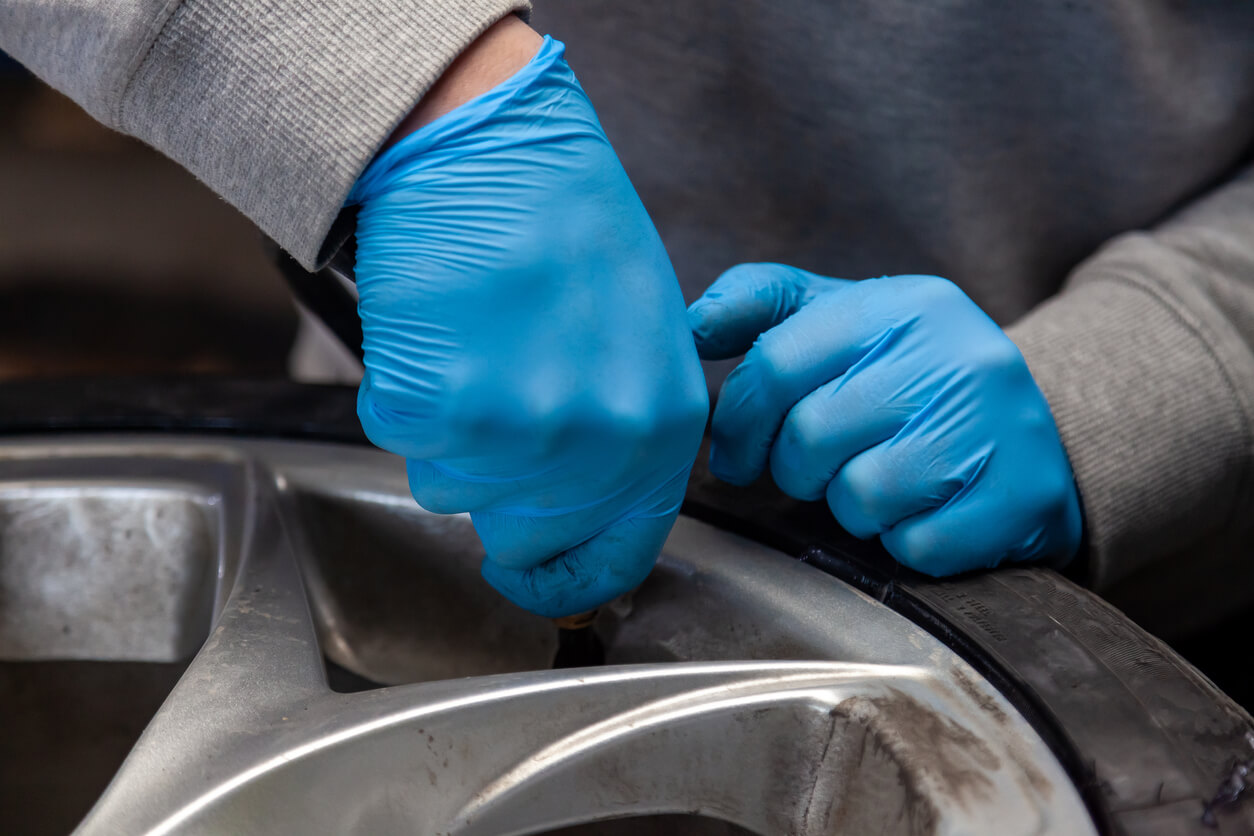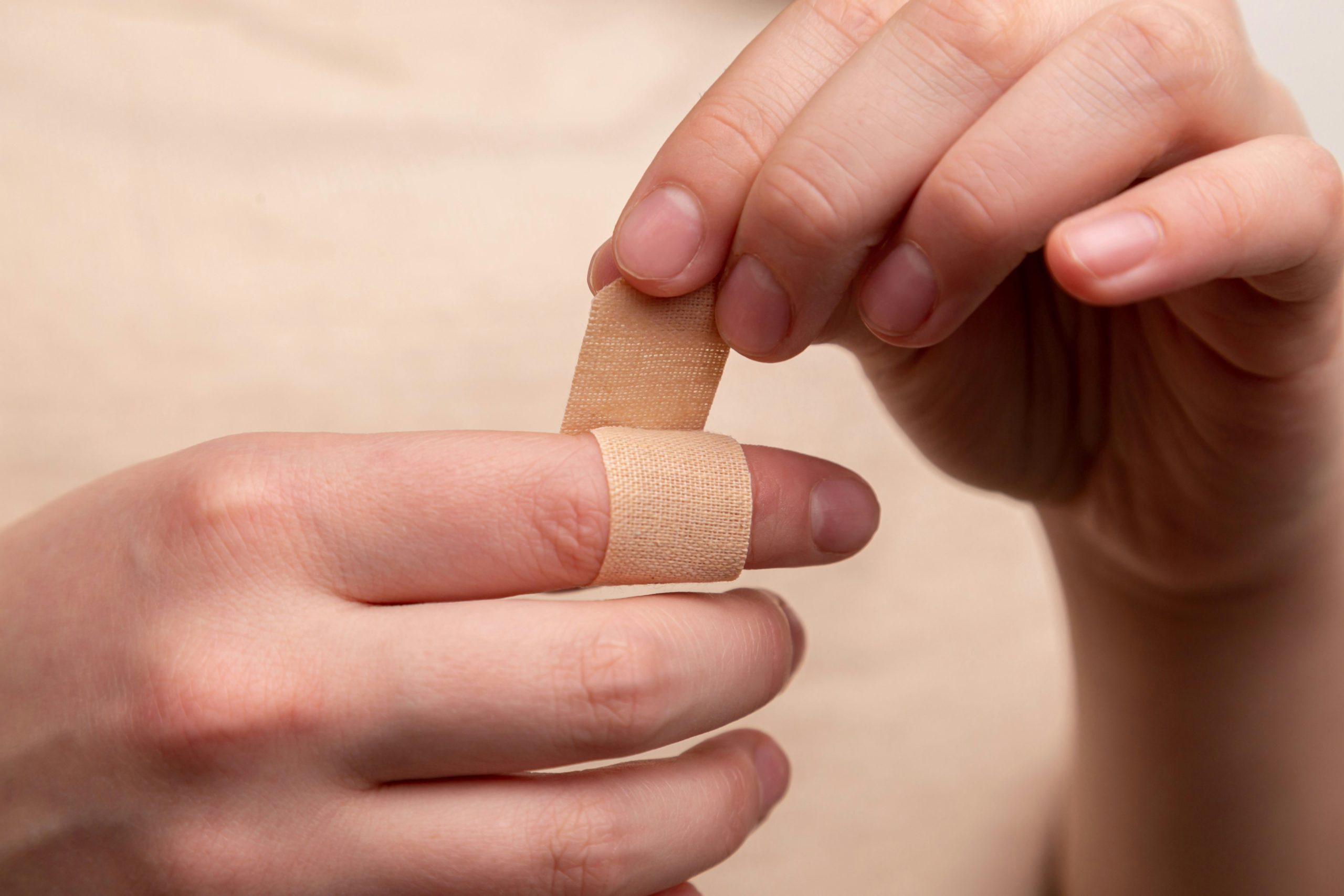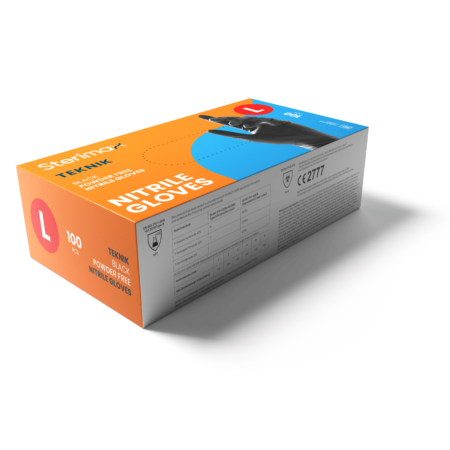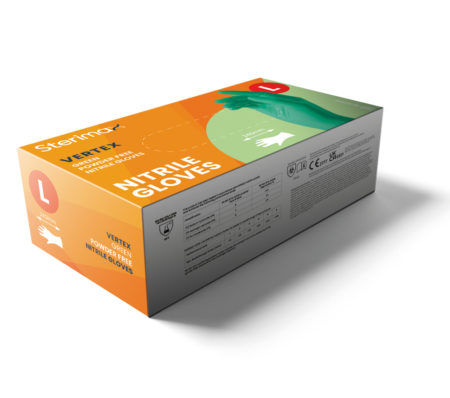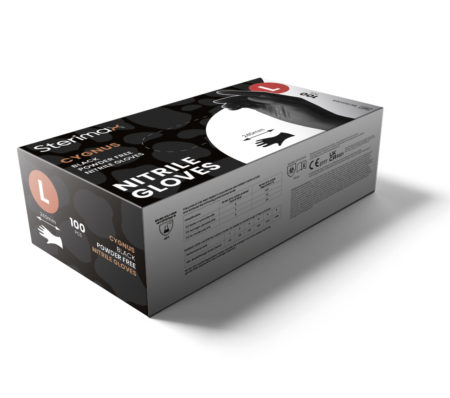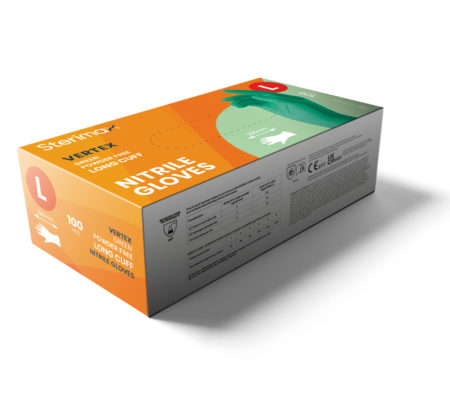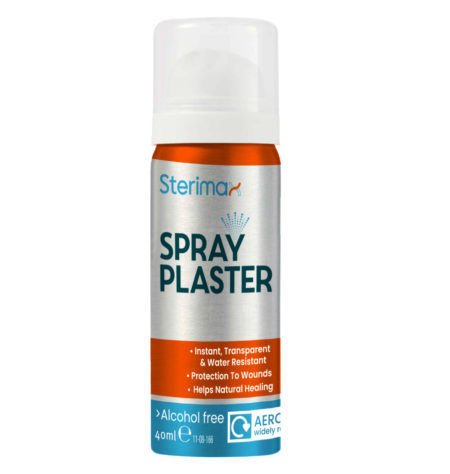When it comes to disposable gloves, one size does not fit all situations. Choosing the right glove for the task at hand requires considering several factors. One fundamental property is tensile strength, or how much force a glove can withstand before breaking.
What is tensile strength?
Tensile strength measures how far a material can stretch before it snaps. It indicates the maximum stress a material can handle under tension before it ruptures. For gloves, it refers to the force needed to tear the material apart.
We measure tensile strength in units of force called Newtons (N). A higher number means the glove is harder to rip. Test methods involve clamping glove samples in a machine and pulling them until they tear.
Why should you care?
A glove’s tensile strength determines how well it resists ripping when stretched. A weak glove risks tearing during use, compromising protection. This could expose hands to chemicals, germs, or other hazards.
High tensile strength provides durability, preventing tears that lead to contamination or injury. It allows gloves to withstand the elongations and stresses of regular activities. Strong gloves also tend to last longer before needing replacement.
Comparing materials
Not all glove types are created equal when it comes to tensile strength. The primary materials used for disposable gloves include:
- Latex gloves – Have high elasticity and tensile strength. Withstands stretching well. Values of 20-30N are common.
- Nitrile gloves – This synthetic material offers decent strength but less stretchiness than latex. Typical values are 30-50N.
- Vinyl gloves – Generally have the lowest tensile strength, around 9-15N. More prone to ripping and cracking.
As you can see, nitrile is the strongest, followed by latex and vinyl. But outright tensile strength isn’t the only thing to consider.
The elongation connection
Elongation measures how much a material can stretch as a percentage of its original size. It indicates overall elasticity.
Disposable gloves with high elongation can extend easily without ripping, making them easier to don and more flexible to wear. Latex has elongation values around 650-750% compared to 300-500% for nitrile and vinyl.
So, latex gloves have greater elongation, nitrile gloves are stronger, and vinyl gloves trail both. Latex and nitrile have enough tensile strength for many medical applications while meeting other needs like chemical resistance.
Choosing your glove
The right glove depends on your specific activity and risk level. Here are some guidelines on matching glove properties to common uses:
- Medical exams – Prioritise comfort and dexterity. Latex gloves are best with a tensile strength over 20N.
- Chemical handling – You need durability plus chemical resistance. Look for latex or nitrile gloves over 20N.
- Heavy duty cleaning – Requires maximum strength and abrasion resistance. Try nitrile gloves with a tensile strength greater than 30N.
Check the manufacturer’s specifications and compare tensile strengths when selecting disposable gloves. Consider elongation, too, for flexibility, and be sure to store and handle gloves properly to maintain integrity. Considering these factors will ensure you pick the right glove for the job.
